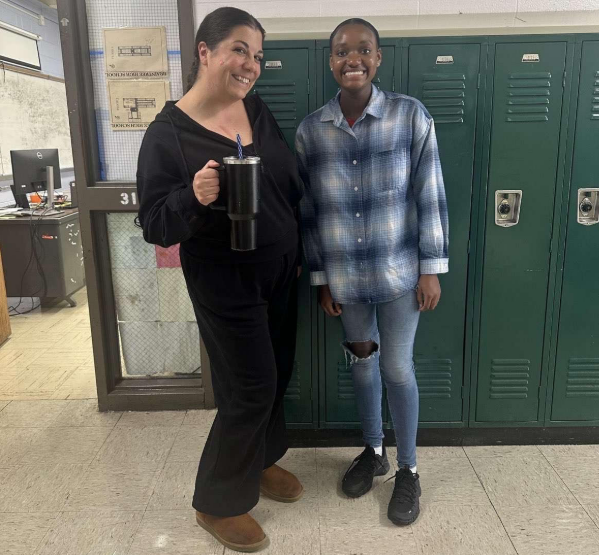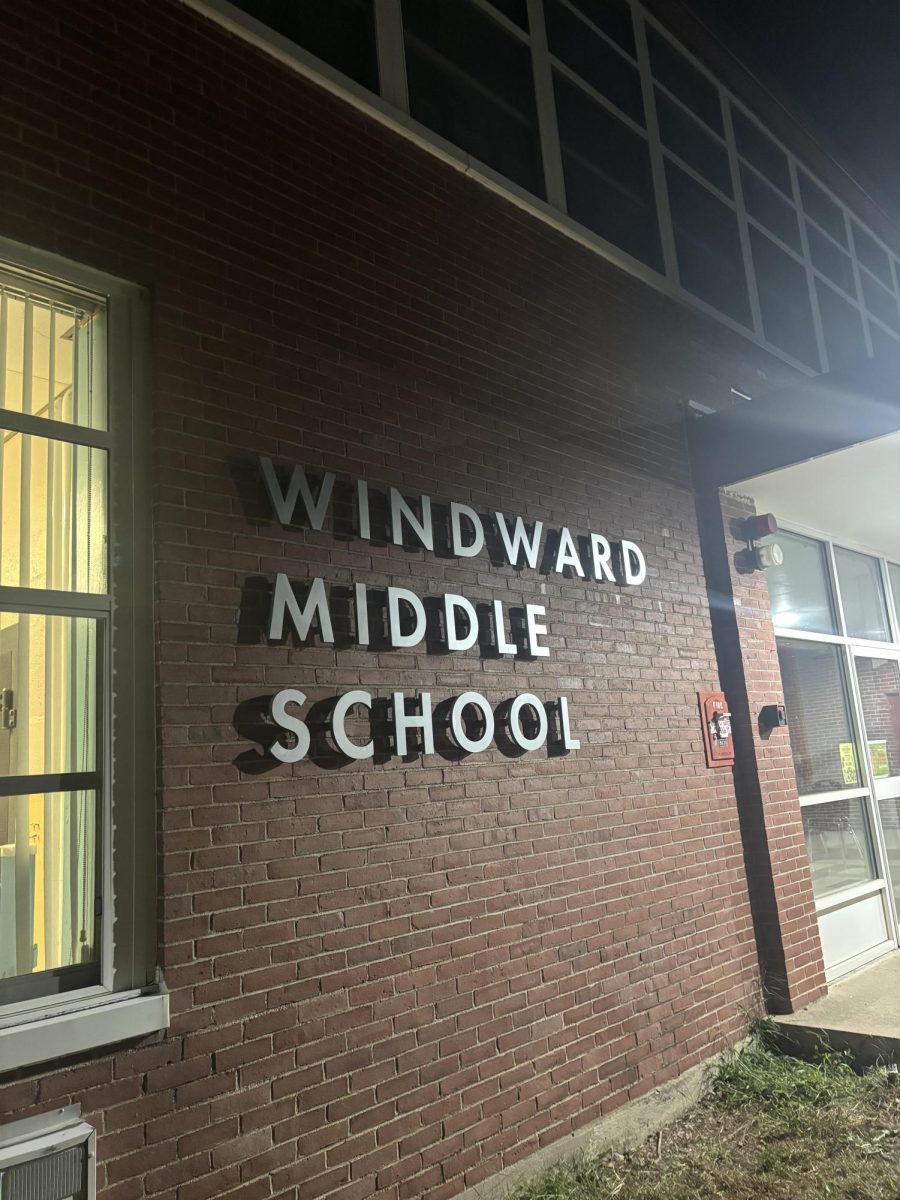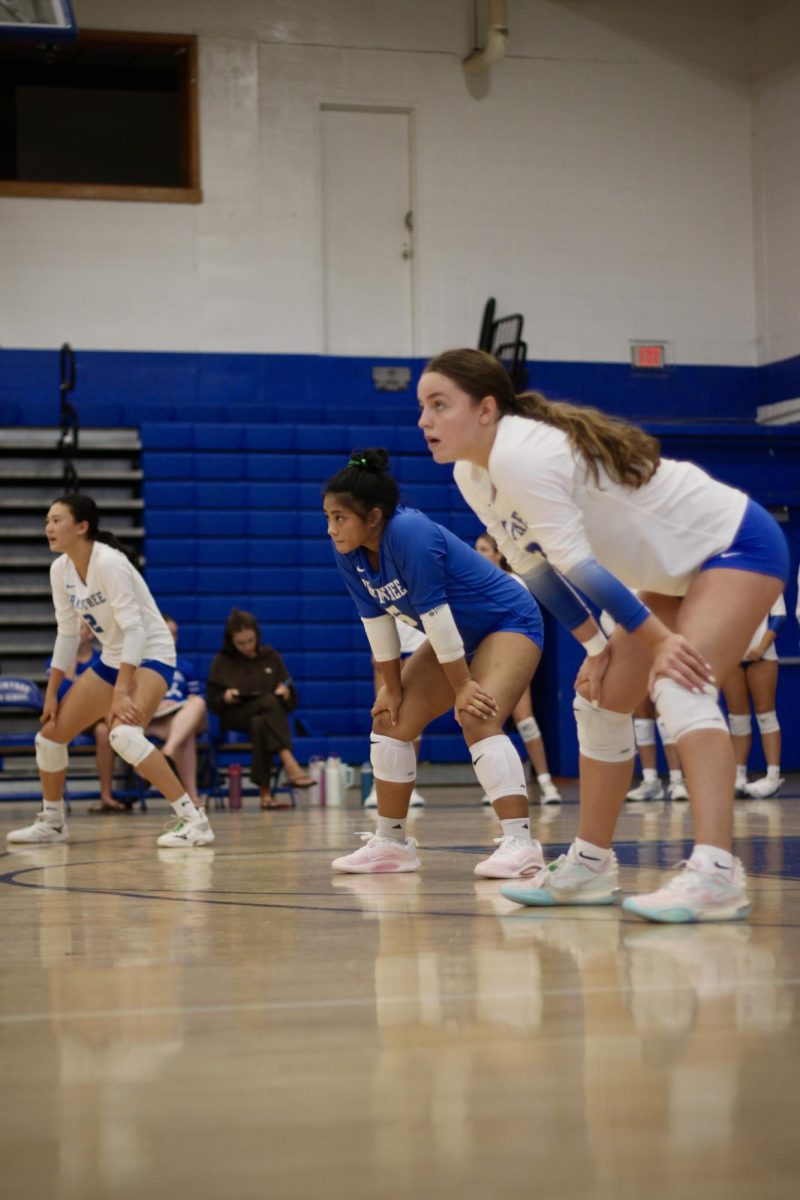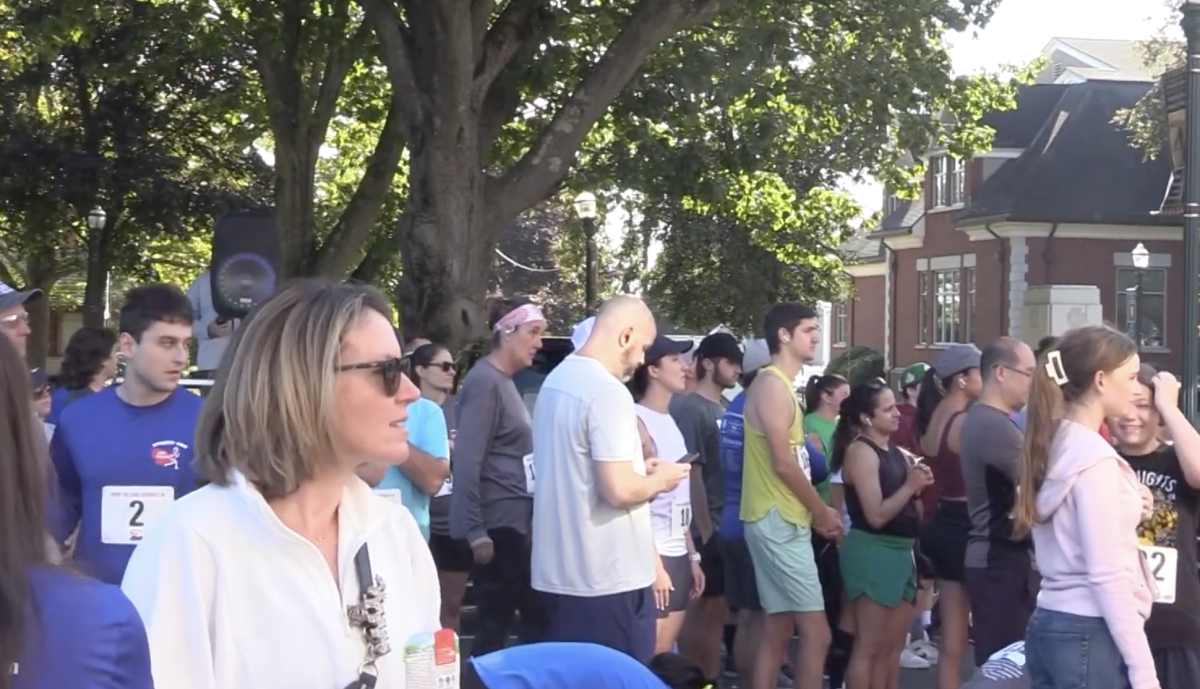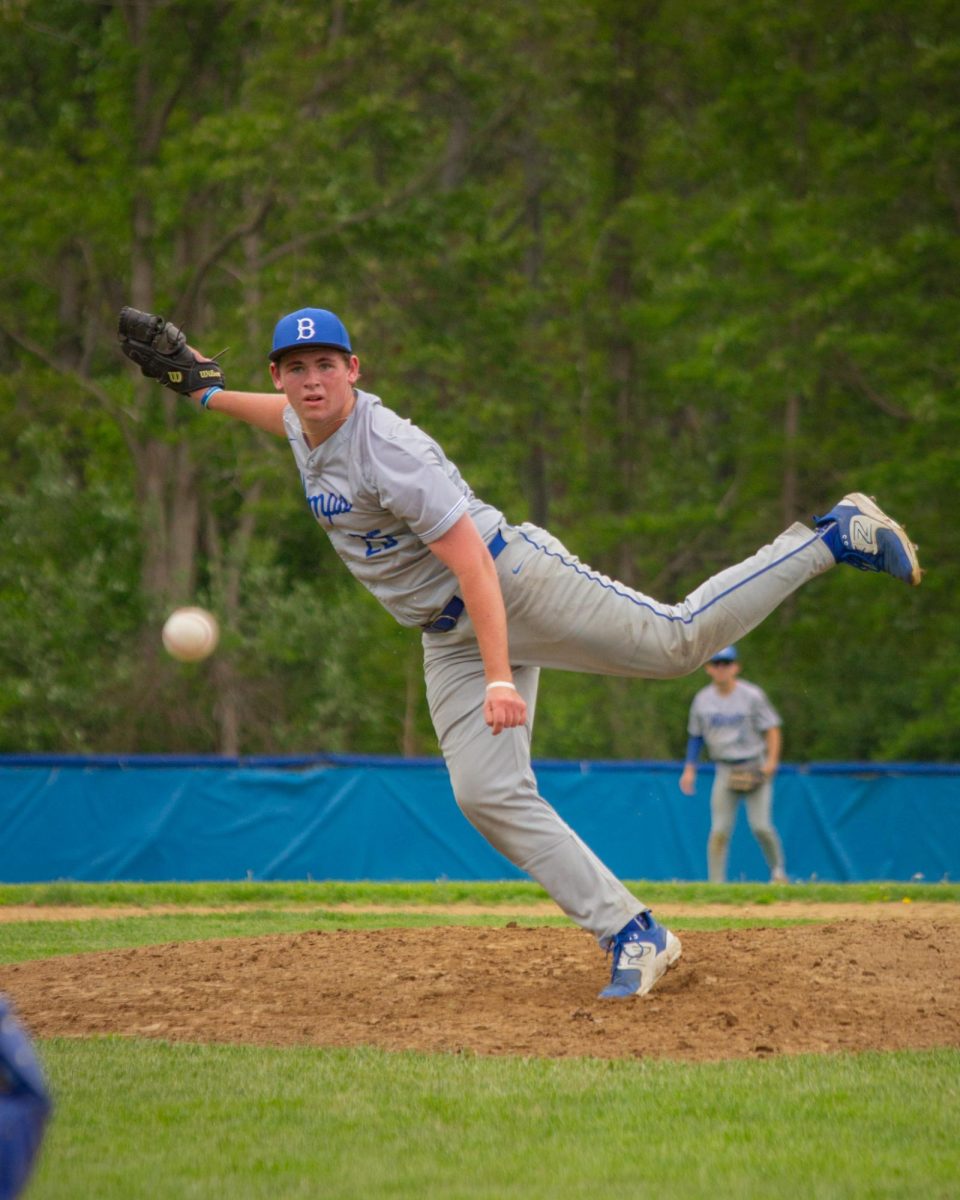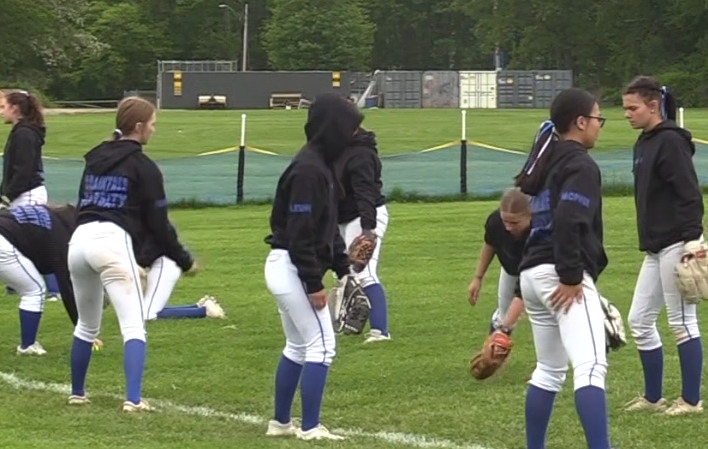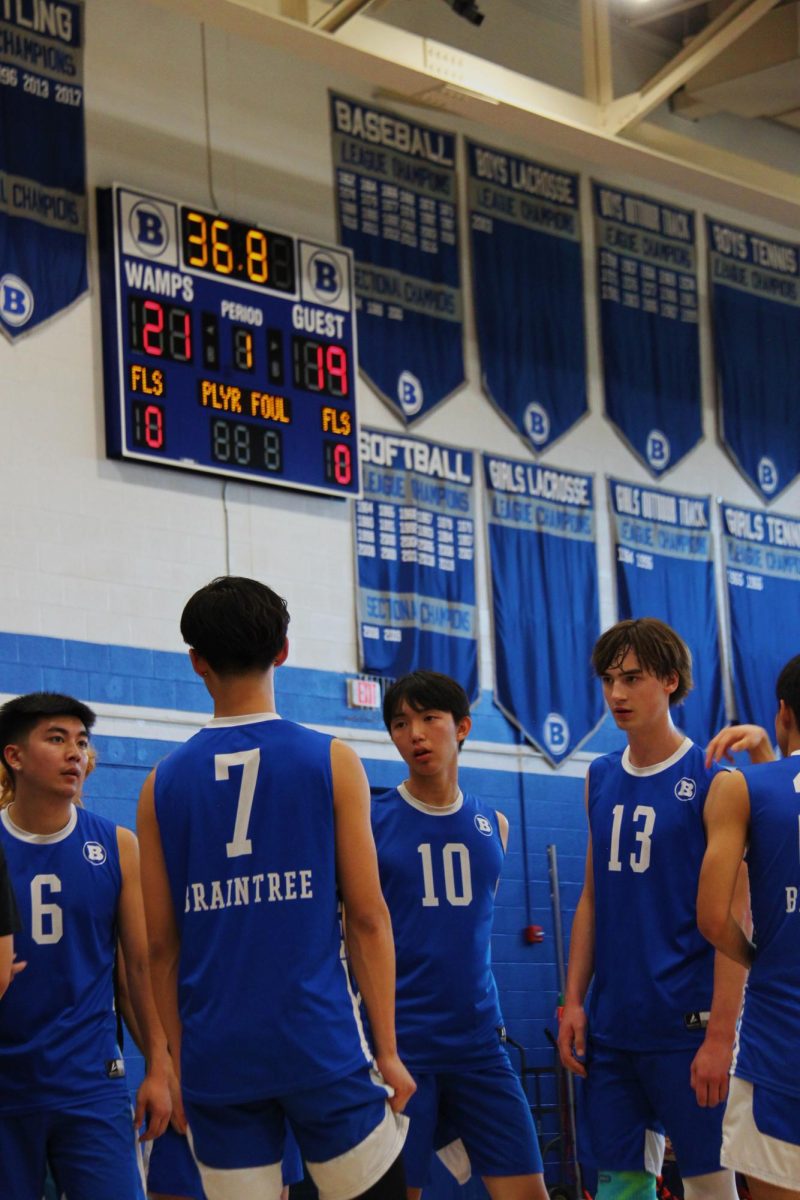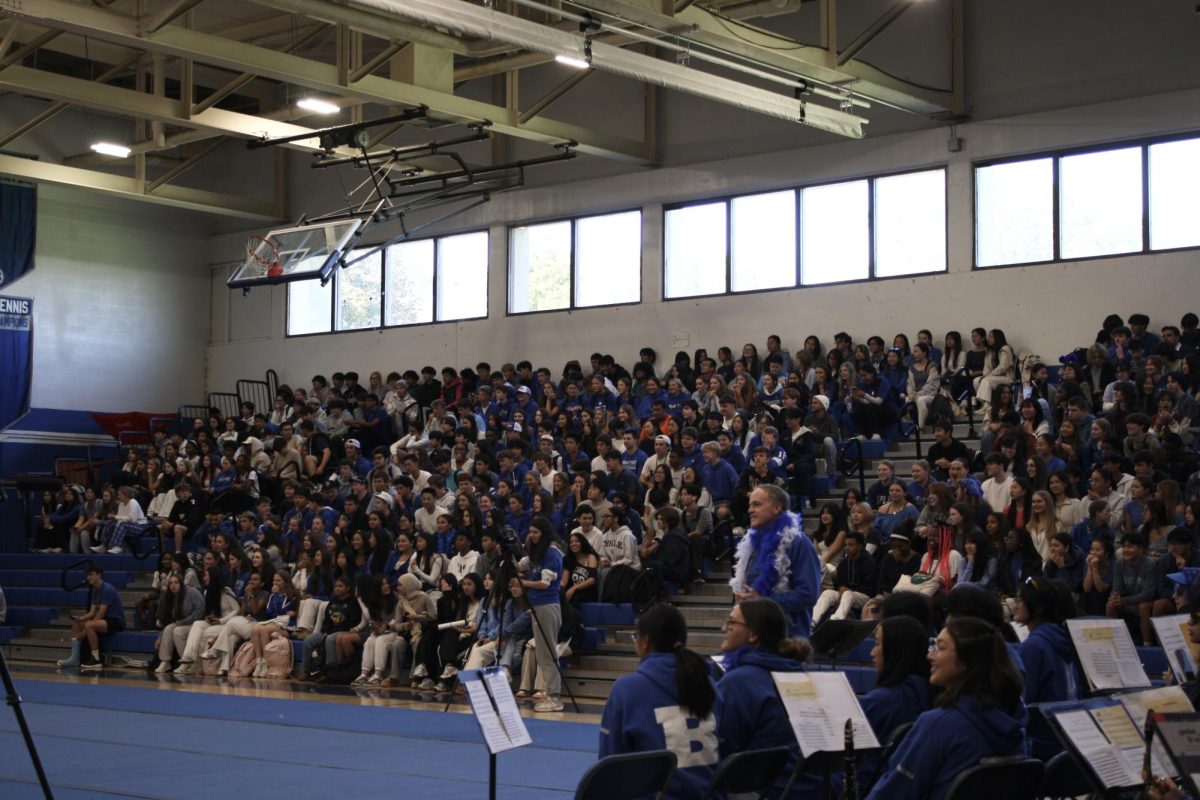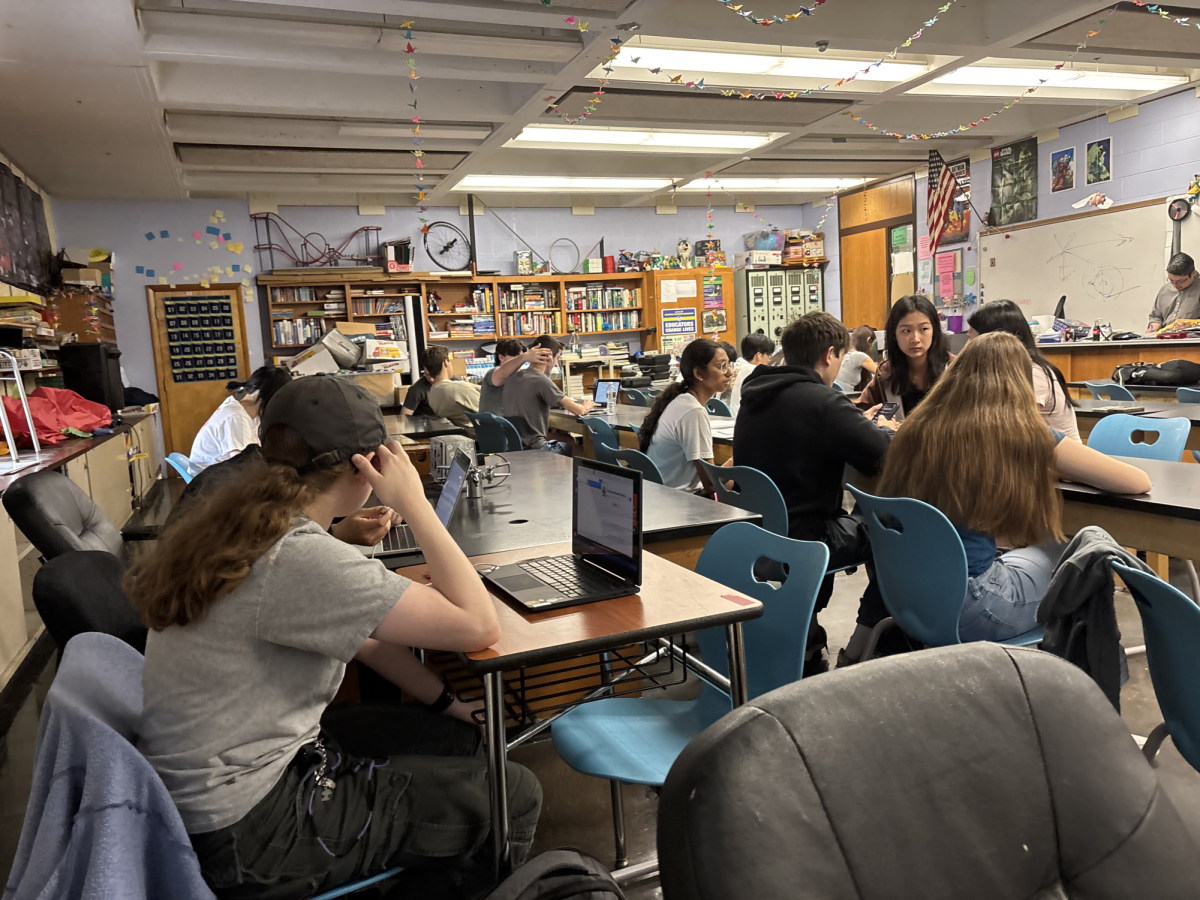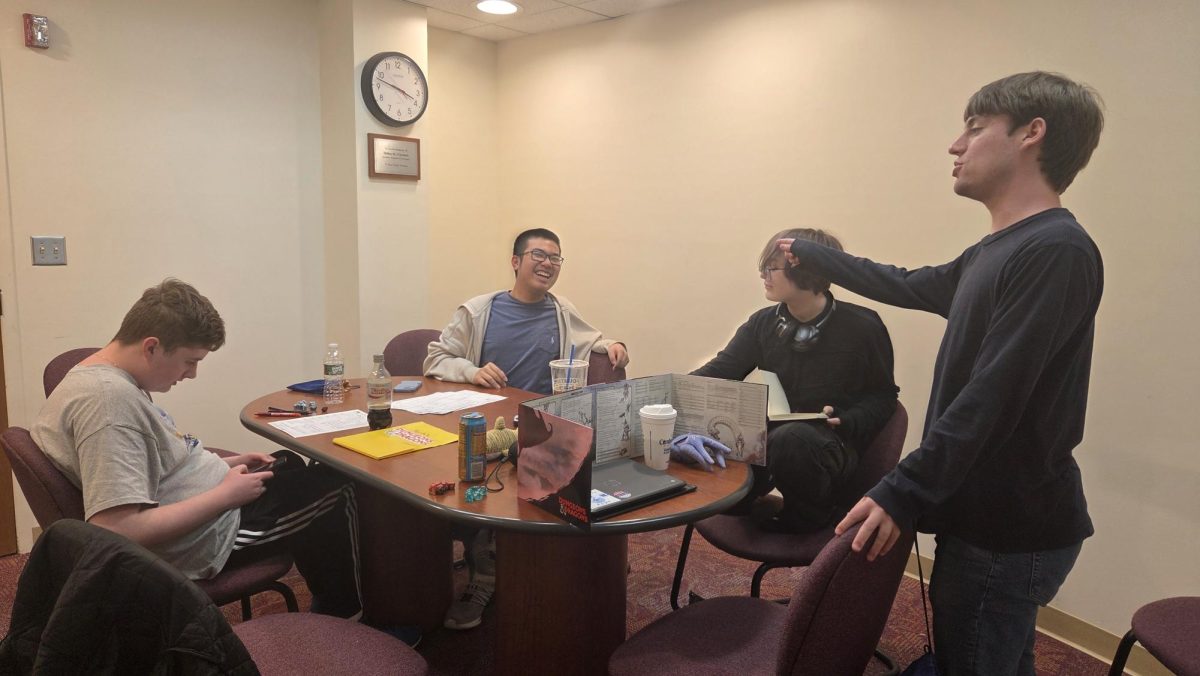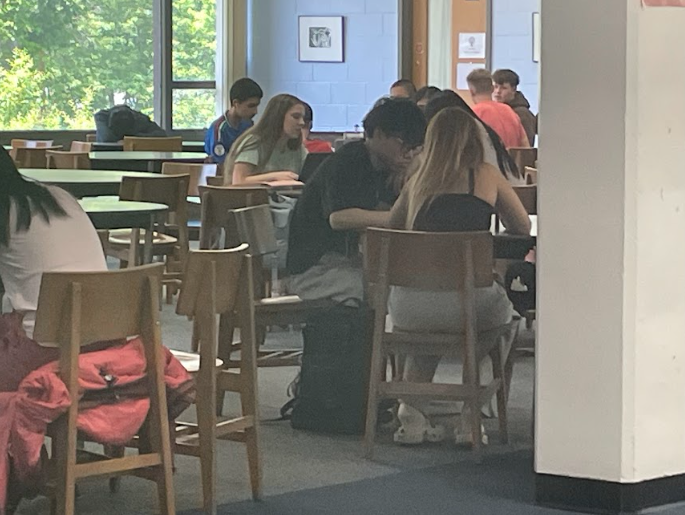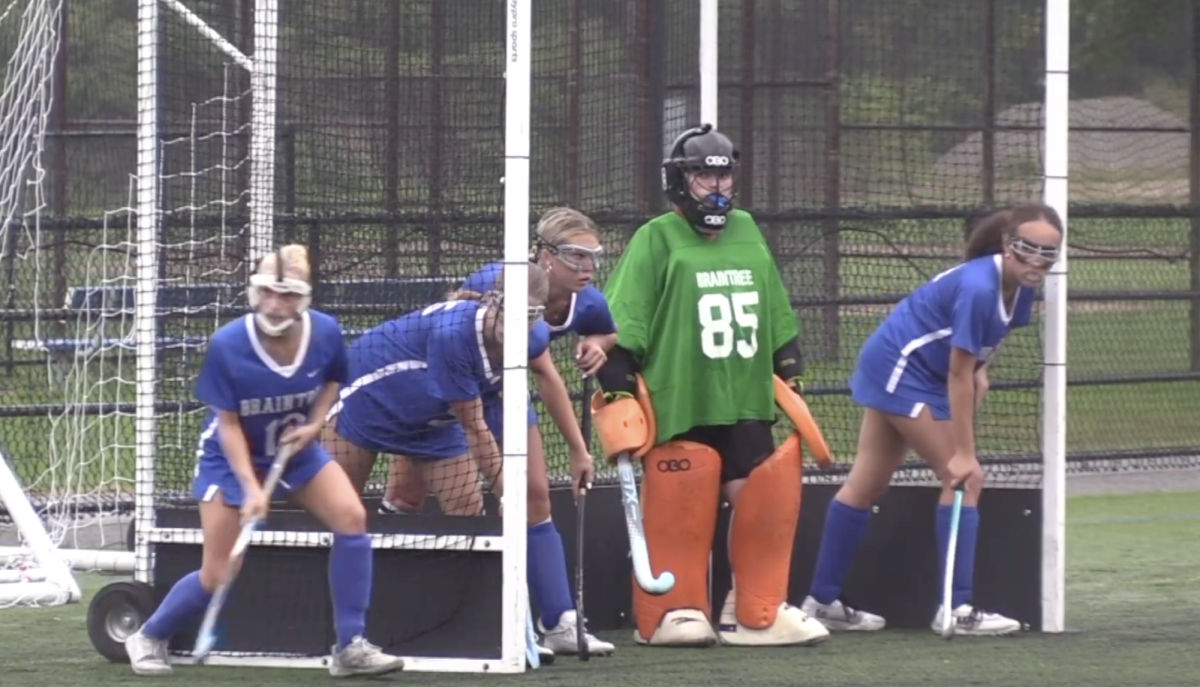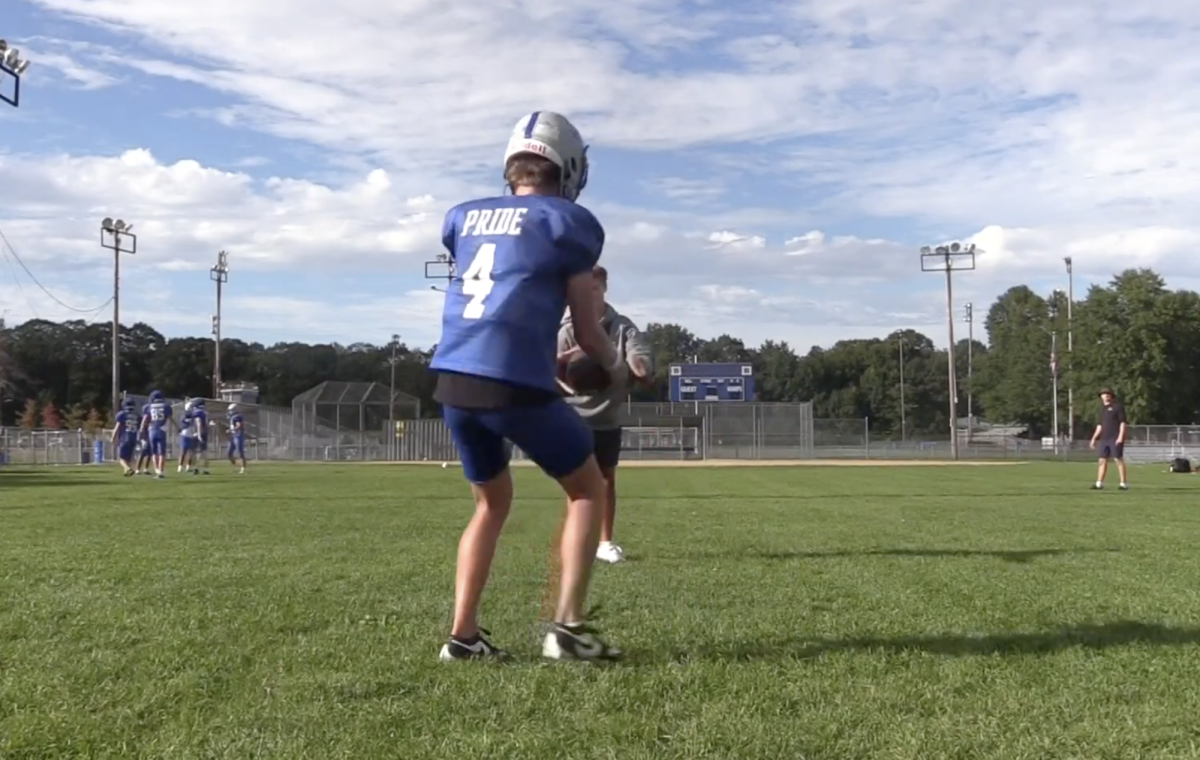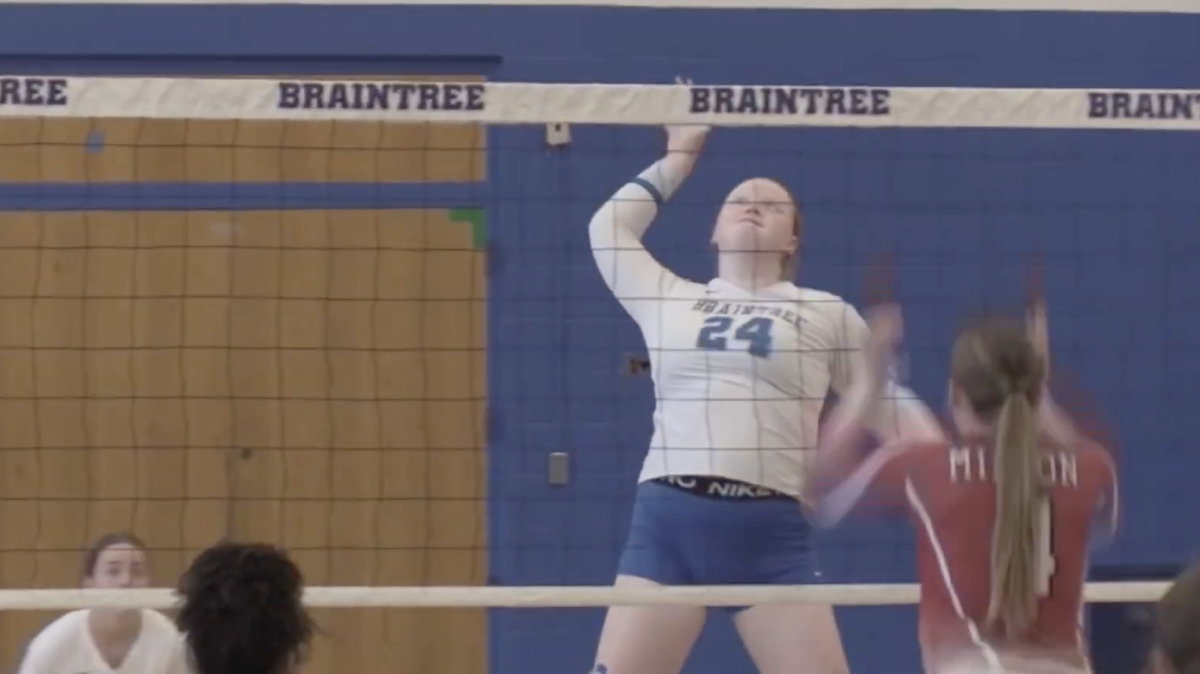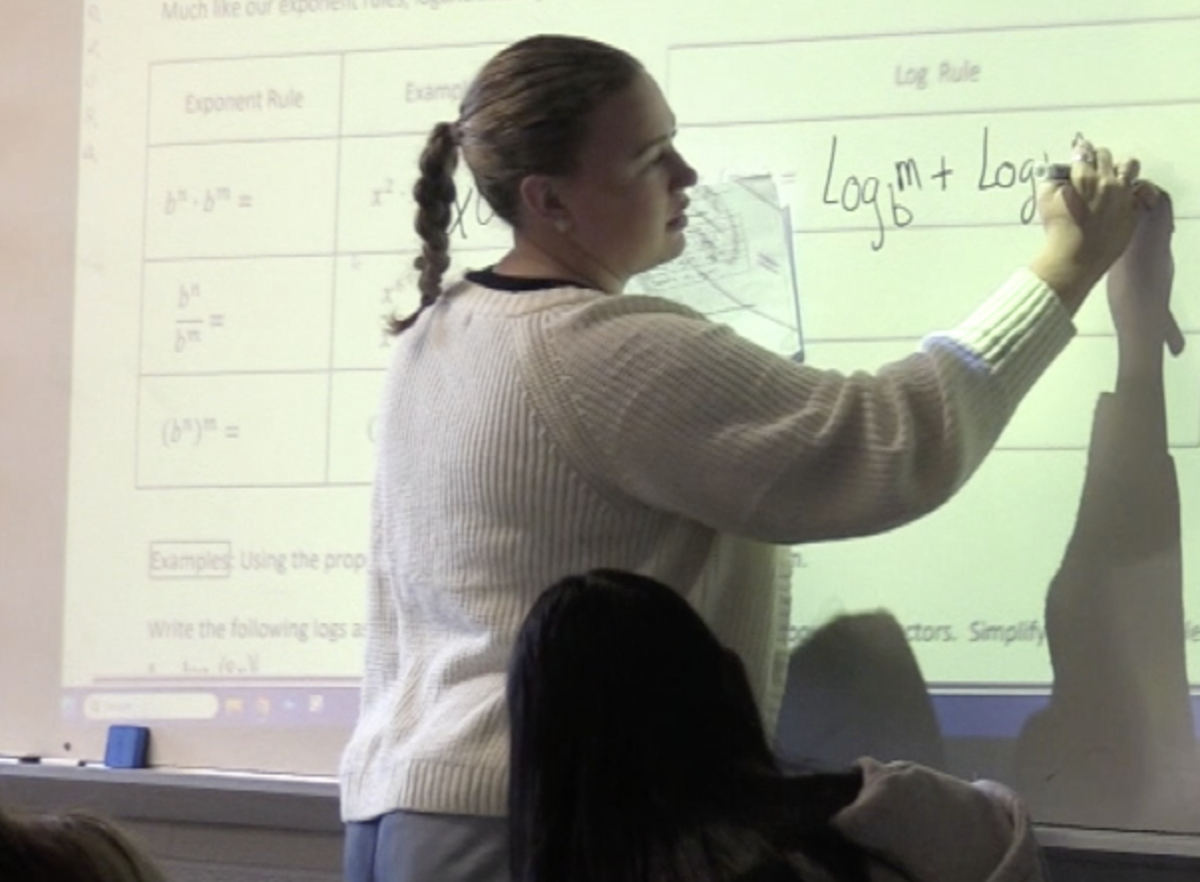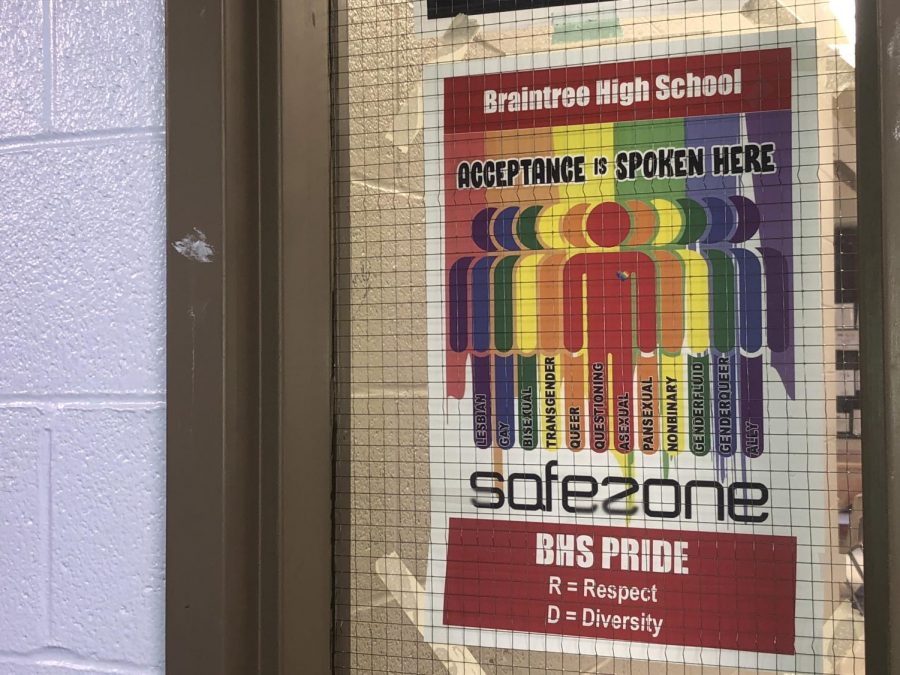A year ago, a good friend of mine was called several racial slurs by another student in his grade. He was very upset by this, and spoke to his guidance counselor about it. After a month of asking for the faculty to act on this issue, he eventually gave up. He, along with many other people who knew him, felt that the school had done nothing to help him.
The school’s policy on bullying is a topic that is woefully unrepresented. While anonymity policies do prevent the spread of most information regarding bullying, some information is able to be shared with the student body. A good place to start is with how the school defines bullying. While most define it as any attack on one person by another person; the school defines bullying as any attack on one person by another person, more than once.
“If someone does something to someone only one time, while it’s not good, it doesn’t fall under the category of bullying.” Andrew Delery, one of the vice principles of Braintree High School, explains this part of the policy.
When a person attacks another person only once, it’s harassment, which is not covered by the school’s bullying policy. As such, teachers will only enforce the school’s bullying policy if it is really bullying. But what is the school’s policy on bullying? According to Mr. Delery,
“If you go on the [BHS] website, and click on the tab that says ‘student handbook’, [the school’s bullying policy is] there.”
However, the student handbook is out of date, so guidance councilor Stephanie Grey offers a her more updated version of a policy. “When a student comes to guidance, we talk to victims, we look for witnesses. We have no tolerance [for bullying].”
Students need to remember that they are responsible for making sure that reports of bullying reach the faculty. By ensuring that students and teachers work together BHS can become a much safer place. However, a policy cannot do anything unless it is properly enforced. This subject is something that many people believe the school does not do. And while incorrect, there are many valid reasons for thinking this, chief among them the lack of transparency given by the school. However, there is no reason to doubt the school’s ability in this specific case. The only reason why the school isn’t as transparent about their actions is because talking about how they deal with bullying requires the consent of the bully, according to school regulations. The school policy is enforced efficiently.
“Any time an allegation of bullying comes to us, we’re required to do an investigation. We have [an] investigative form, which we always fill out, which has documentation. [It talks about] who brought the claim to us, what the claim is, what is the evidence; there’s a space where we notate a narrative of the interviews that we’ve done, with both witnesses; the alleged aggressor, the alleged victim. [Once] we’ve done that investigation, we come to a finding, [and] document everything.” Mr. Delery explains.
This efficient method of enforcing the school policy is state mandated, and allows for thorough documentation of every case. The only reason why people cannot see this documentation is the school’s anonymity policy, which is necessary to ensure security and peace in BHS. Overall, while bullying is certainly an issue, the faculty at BHS have it under control, as Mr. Delery explains,
“Last year, we had 4 instances of bullying, out of the 17 that were brought to us.”

